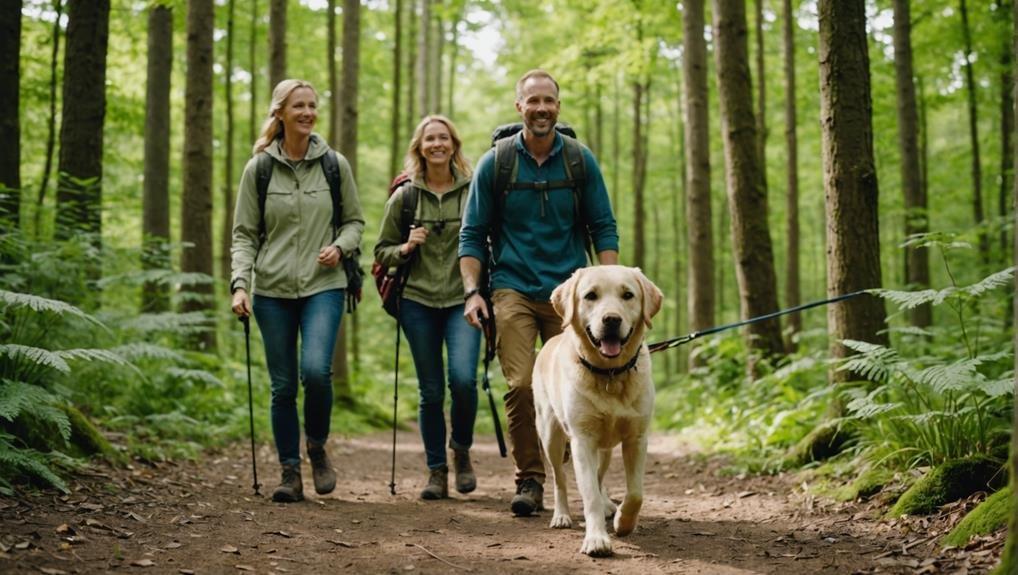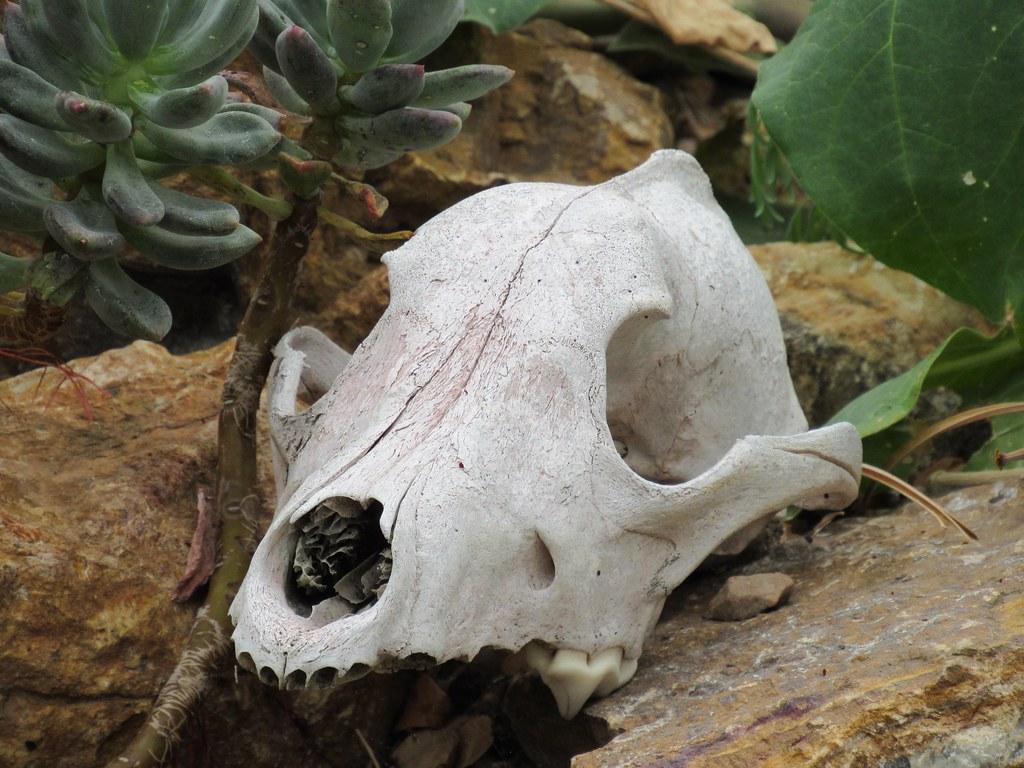Ensuring your furry friend stays properly hydrated is a fundamental aspect of responsible pet ownership. Just like humans, dogs rely on water to maintain their overall health and well-being. However, determining the right amount of water your dog needs can be a bit perplexing. In this article, we will guide you through essential hydration tips tailored for your canine companion. With a warm and caring approach, we aim to help you understand your dog’s unique needs, ensuring they remain happy, healthy, and hydrated. Whether you’re a seasoned pet owner or new to the joys of having a dog, these insights will equip you with the knowledge to keep your four-legged friend feeling their best.
Understanding Your Dogs Hydration Needs
Ensuring your furry friend stays properly hydrated is crucial for their health and happiness. While it might seem straightforward, understanding the specific water needs of your dog can be a bit more nuanced. On average, a dog should drink about one ounce of water per pound of body weight each day. However, various factors can influence this, such as their diet, activity level, and even the weather. A dog on a dry food diet may require more water than one on a wet food diet, and naturally, a playful day at the park will increase their thirst. During hot summer months, keep an extra eye on their water intake to prevent dehydration.
- Activity Level: Active dogs require more water to replace fluids lost through panting and exercise.
- Diet: Dogs consuming dry kibble might need more water compared to those on a wet food diet.
- Environment: Hot or dry climates increase a dog’s need for water.
- Health Conditions: Certain health issues, like kidney disease or diabetes, can affect hydration needs.
Always ensure that fresh, clean water is available to your dog throughout the day. Consider using a pet water fountain to encourage drinking, as some dogs are attracted to running water. If you’re ever in doubt about your dog’s hydration needs, consulting with a veterinarian can provide personalized guidance tailored to your pet’s unique lifestyle and health.

Signs Your Dog Might Be Dehydrated
Ensuring your furry friend stays hydrated is crucial for their health and well-being. Sometimes, it can be challenging to recognize when your dog isn’t getting enough water. Here are some key signs to watch out for:
- Dry Nose and Gums: A healthy dog typically has a moist nose and gums. If these areas appear dry or sticky, it might be time to increase their water intake.
- Lethargy: Just like humans, dogs can feel sluggish and tired when they’re dehydrated. If your pup seems unusually sleepy or disinterested in play, dehydration might be the culprit.
- Sunken Eyes: Dehydration can cause a noticeable change in your dog’s eyes, making them appear sunken or less vibrant.
- Loss of Skin Elasticity: Gently pinch the skin at the back of your dog’s neck. If it doesn’t snap back quickly, your dog might be dehydrated.
Addressing these signs promptly can prevent more serious health issues. Always ensure fresh, clean water is readily available and consider adding a splash of low-sodium broth to make it more enticing. Remember, a well-hydrated dog is a happy dog!

Creating a Hydration Schedule for Your Furry Friend
Establishing a hydration routine is essential for maintaining your dog’s health and vitality. The amount of water your furry friend needs can vary based on several factors such as age, weight, activity level, and diet. A good rule of thumb is to ensure your dog drinks about one ounce of water per pound of body weight each day. However, this can change if your dog is more active or consumes a dry food diet.
Here are some tips to help you create an effective hydration schedule:
- Morning Routine: Start the day by offering fresh water. Check the bowl to ensure it’s clean and full.
- After Meals: Encourage your dog to drink water after meals to aid digestion.
- During Playtime: If your dog is active, provide water breaks to prevent dehydration.
- Evening Wind Down: Offer water in the evening, but monitor the intake to avoid late-night bathroom trips.
By observing your dog’s drinking habits and adjusting their water intake as needed, you can ensure they remain happy and hydrated all day long.

Choosing the Right Water Bowl and Location
Ensuring your dog has access to fresh, clean water is crucial for their health, and choosing the right water bowl can make all the difference. Opt for bowls made from stainless steel or ceramic, as these materials are not only durable but also resist bacteria build-up better than plastic. When selecting the size, consider your dog’s breed and drinking habits. A larger bowl is ideal for bigger dogs or multi-pet households, ensuring everyone stays hydrated throughout the day.
Location plays a significant role in encouraging your pet to drink more water. Place the water bowl in a quiet, easily accessible area where your dog spends most of their time. Avoid high-traffic zones or spots near their litter box, as these might deter them from drinking. If your home is spacious, consider setting up multiple hydration stations. This way, your furry friend will never be too far from a refreshing drink. Remember, a little thoughtfulness in placement and selection can significantly impact your dog’s daily water intake.

